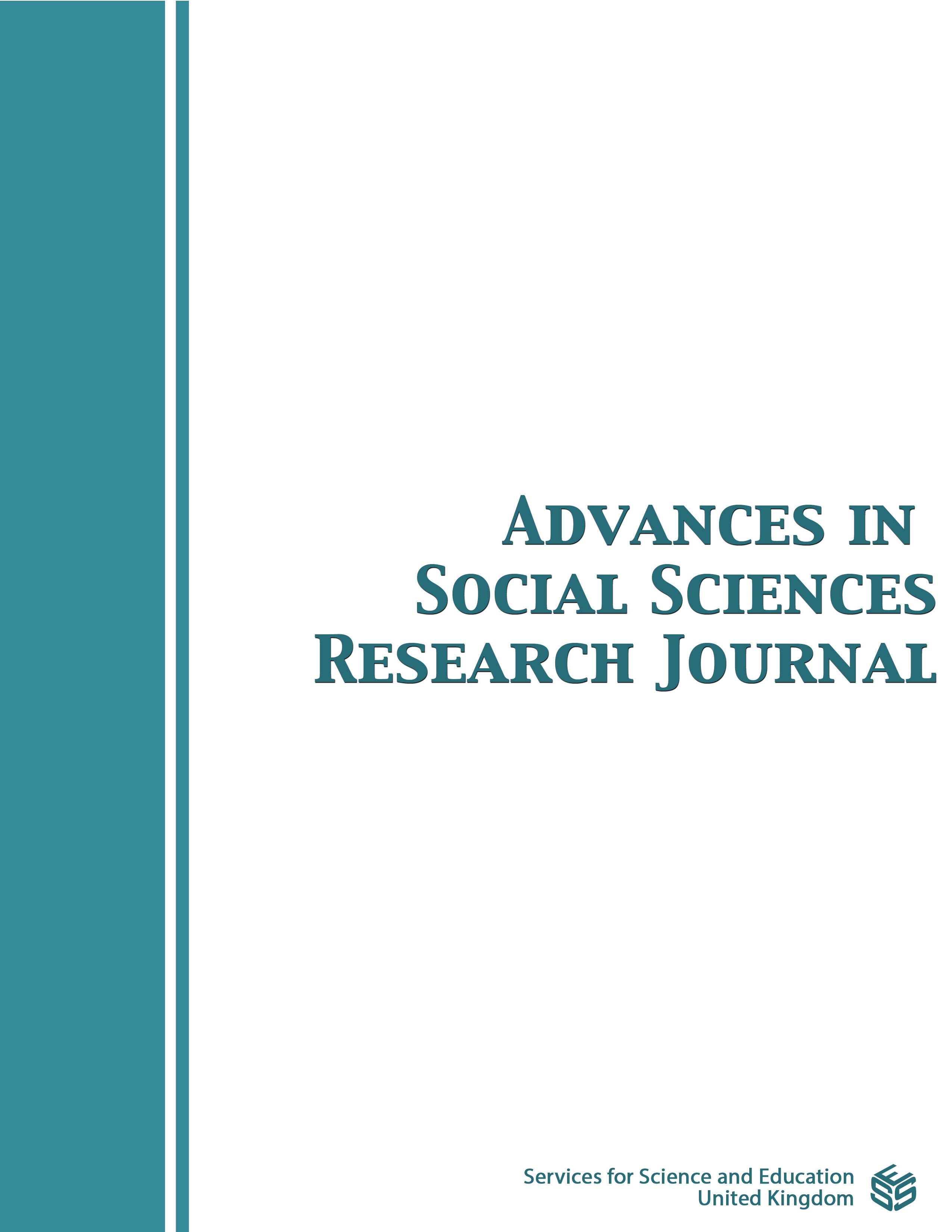Exchange Rates Management and Disaggregated Manufacturing Sector Output in Nigeria (1986-2019)
DOI:
https://doi.org/10.14738/assrj.88.10652Keywords:
ARDL, exchange rates, management, manufacturing sector, NigeriaAbstract
This study investigated the effect of exchange rates management on manufacturing sector in Nigeria from 1986-2019. Secondary data used in the analysis were sourced from Central Bank of Nigeria Statistical Bulletin, (2020) and World Development Indicators, (2020). Stationarity and orders of integration of the variables were examined with both Augmented-Dicky-Fuller (ADF) and Philip-Perron (PP) unit root tests. Having disaggregated manufacturing sector output into oil and non-oil source, two different models emerged. The results of Autoregressive Distributed Lag (ARDL) Bound test for co-integration revealed that the variables under oil sector model were co-integrated, while there was no evidence of co-integration in non-oil model. ARDL technique of estimation results showed that, both in the short-run and long-run, real exchange rates negatively and significantly impacted on oil manufacturing sector, while real interest rates negatively and significantly influenced the sector in the short-run. In the non-oil model, it was found that, both in the short-term and long-term, while real exchange rates negatively and significantly impacted on the sector, inflation produced positive and significant effect. Authority in Nigeria should improve on trade competitiveness of Nigeria with other countries via empowering the domestic currency to improve on domestic manufacturing sector performance.
Downloads
Published
How to Cite
Issue
Section
License
Copyright (c) 2021 Rasak Adetunji ADEFABI

This work is licensed under a Creative Commons Attribution 4.0 International License.
Authors wishing to include figures, tables, or text passages that have already been published elsewhere are required to obtain permission from the copyright owner(s) for both the print and online format and to include evidence that such permission has been granted when submitting their papers. Any material received without such evidence will be assumed to originate from the authors.






